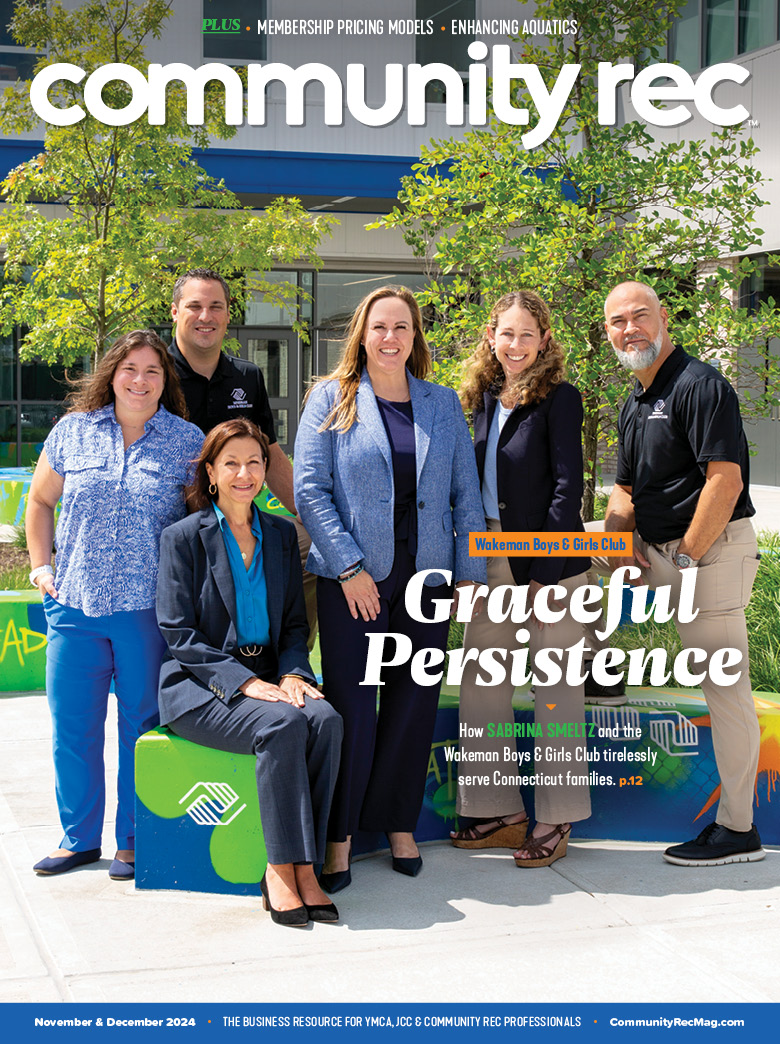Cassandra Stish, the chief customer officer at Welld Health, shares how to position your community-based organization in the health and wellness space.
Do you want to position your facility in the health and wellness space? If so, you need to answer these key questions:
- Do the health care providers in your community think of your organization as a place to send their patients?
- Do your members think of your organization as part of their health care?
From an operational perspective, classic gym and swim memberships are often viewed, and rightly so, as a primary means of keeping on the lights. Providing an engaging space for the fitness-minded member — one could argue — is the primary purpose of your facility. Or is it? How would it change your relationship with your members if they considered your facility as an integral part of their health care on par with the relationship they have with their doctors?
Imagine how your new member leads improve if providers in your community see your facility as supplying a valuable health care service. Can they easily and confidently refer patients who need physical activity, health coaching or chronic disease consultation?
Picture a conversation like this:
Doctor: You would feel a lot better and could prevent disease if you’d start exercising regularly.
Patient: What should I do? I’m nervous about gyms and I don’t want to hurt myself.
Doctor: I have a solution that can help. It’s a low-cost, supervised exercise program at the fitness center in your community. I’ll send them a referral and they’ll help you get started.
The value of the general fitness membership is increased when viewed through the lens of health resiliency and the rich programming that supports it. What programming do you offer that could help a member view their fitness data as something their doctor would be interested in? A structured needs-based wellness program can provide valuable engagement in between doctor visits.
A member journey that starts with wellness assessments sets the stage for health goals and gives your most-fit and most-deconditioned members a reason to step through your doors. Setting goals based on assessment data helps prove the value of the membership, but only if health outcomes are being captured.
When program assessments are combined with a personal training opportunity or enrollment in a condition-specific program — weight loss or hypertension management — the value is all the richer. Clinical partners, employers, members and donors all appreciate proof that engagement with fitness activities has lasting, positive and verified effects on health outcomes. Examine your onboarding and member engagement strategies to see where you can do more to collect data that shows your value as a health care partner.










